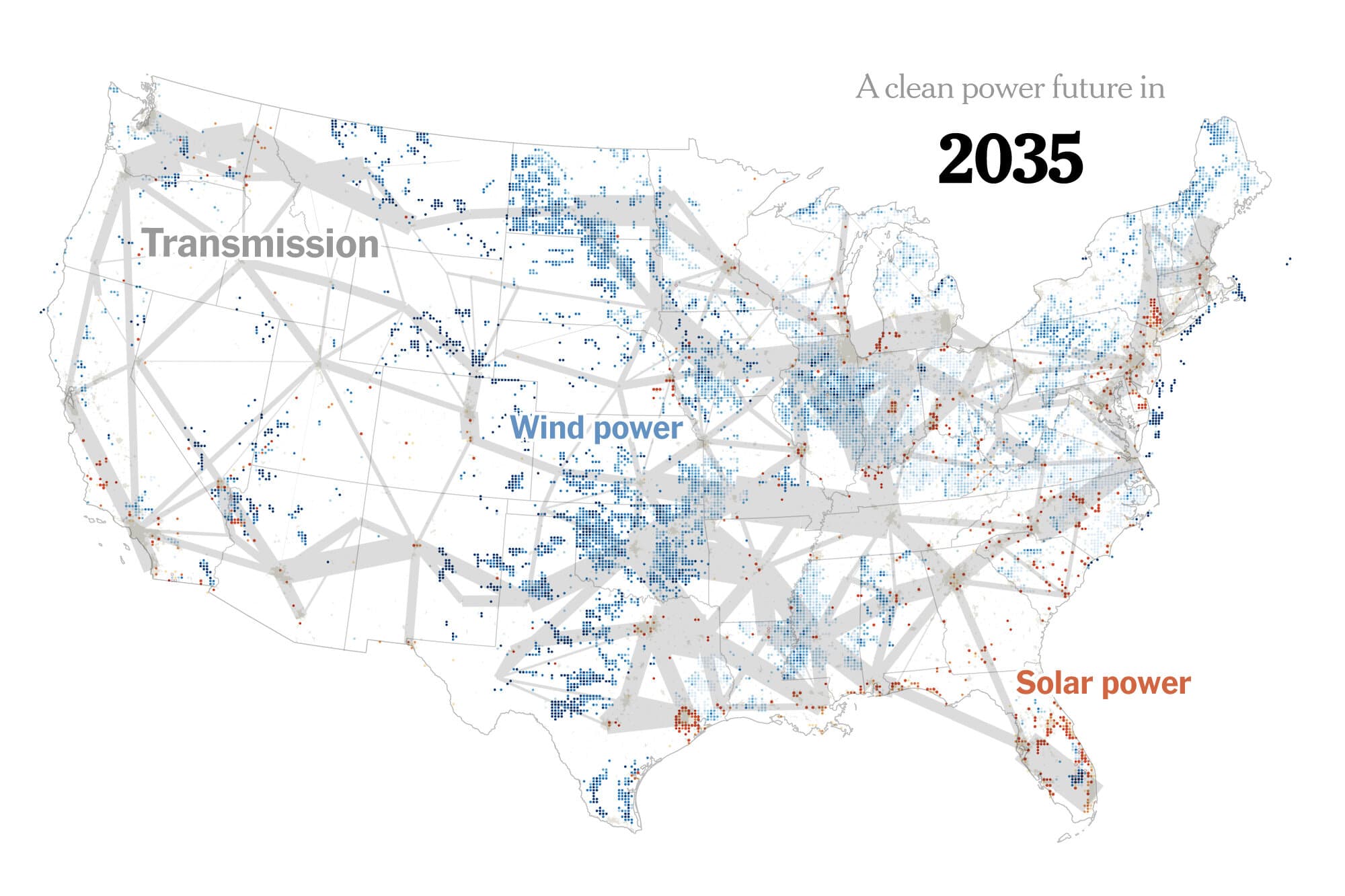Google and PJM Partner to Tackle $2.6 Trillion Grid Interconnection Backlog with AI

The significant bureaucratic hurdles and escalating costs associated with new electricity transmission lines in the United States have drawn attention, with a recent social media post highlighting the "insane bureaucratic overhead." This challenge is particularly acute as the nation aims for a carbon pollution-free electricity grid by 2035, requiring substantial infrastructure upgrades and new construction. The current system faces multi-year delays and billions in potential costs, impacting the integration of renewable energy sources.
The U.S. electricity grid is grappling with an unprecedented backlog, with approximately 2.6 terawatts of new generating capacity awaiting approval for connection. This figure, double the current total U.S. power generation, underscores the severity of the interconnection problem. Independent System Operators (ISOs) and Regional Transmission Organizations (RTOs) across the country face similar backlogs, with PJM, which manages electricity flow in the mid-Atlantic states, Ohio, and eastern Kentucky, reporting over 3,000 active requests representing 286.7 gigawatts of capacity.
In a move to address these systemic delays, Google and PJM Interconnection recently announced a partnership to deploy artificial intelligence (AI) models. This initiative, supported by Alphabet's "moonshot" unit Tapestry, aims to streamline the application process for new grid connections. The collaboration seeks to enhance data verification and centralize planning tools, thereby accelerating the integration of variable power sources like renewables into the grid.
The delays are largely attributed to complex planning, siting, and permitting processes that involve multiple agencies at various government levels, often stretching over many years. As "toly 🇺🇸" stated in a recent tweet, "> Because the cost of putting down a new transmission line includes insane beurocratic overhead." This sentiment reflects a widespread concern among developers and policymakers regarding the efficiency of infrastructure development. The American Action Forum estimates that upgrading the transmission system could cost an additional $314 billion to $504 billion on top of generation costs.
While AI offers a promising avenue to untangle bureaucratic complexities, the broader challenges of interstate cost allocation, environmental reviews, and community acceptance remain significant. Experts note that even with technological advancements, a comprehensive approach involving policy reforms and coordinated planning across regions will be essential to modernize the grid and meet future energy demands efficiently.